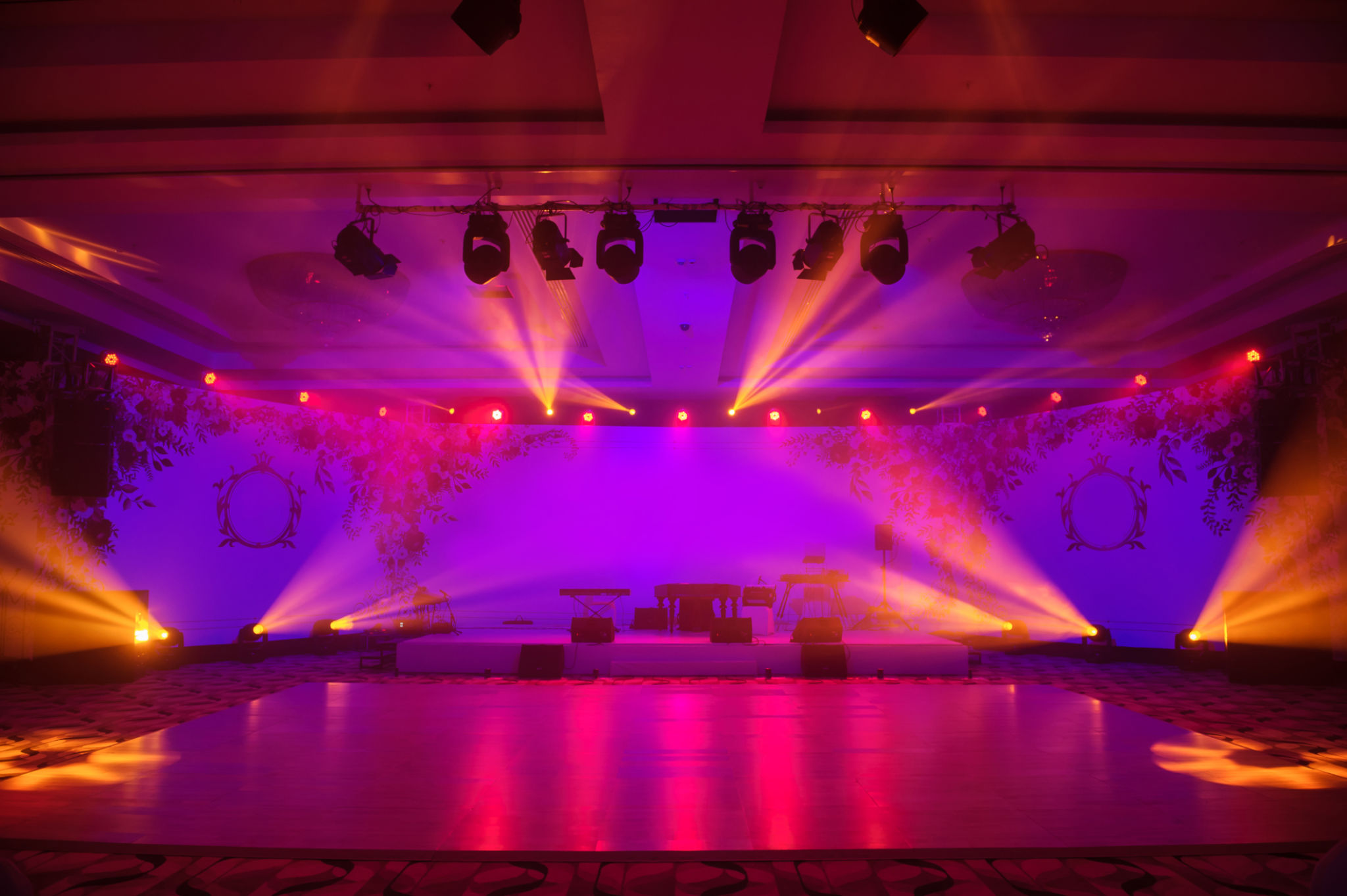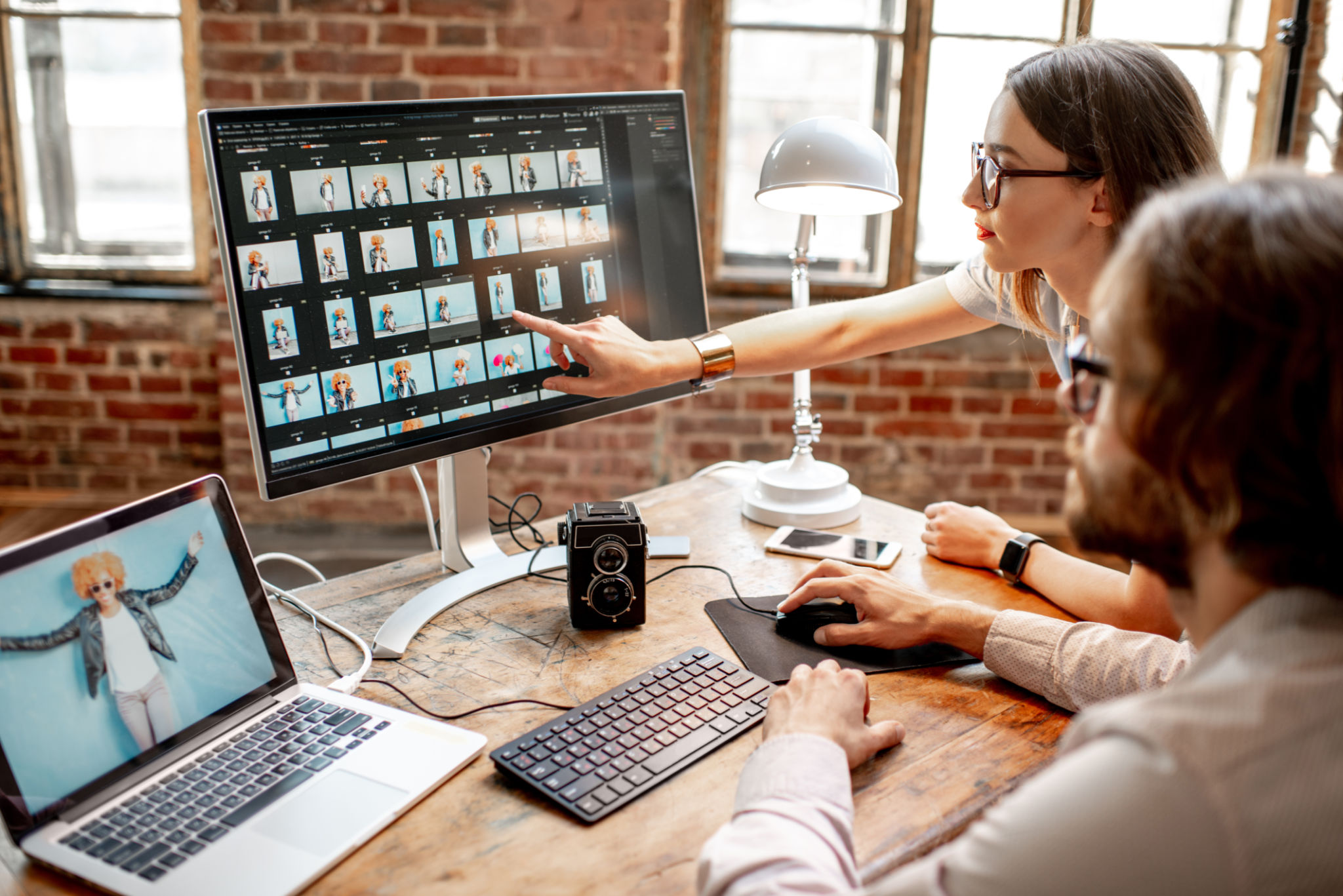Expert Tips for Stunning Wedding Photography: Insights from a Pro
Understanding the Importance of Lighting
One of the most crucial elements in wedding photography is lighting. It can dramatically affect the mood and quality of your photos. Photographers often suggest shooting during the "golden hour," which is the hour after sunrise or before sunset. This time provides soft, warm lighting that flatters skin tones and enhances the romantic atmosphere of a wedding.
Natural light is often preferred, but indoor settings may require artificial lighting. In such cases, using a combination of flashes and softboxes can help diffuse harsh light and create a more flattering look. Remember, the goal is to enhance the scene without overpowering it.

Mastering Composition Techniques
Composition is key in creating visually appealing photographs. One technique often used by professionals is the rule of thirds. To apply this, imagine a grid dividing your frame into nine equal parts, and place the subject along these lines or at their intersections. This creates balance and interest.
Another technique is leading lines, which guide the viewer’s eye through the image. Whether it's a sweeping staircase or a row of chairs, leading lines can add depth to your photos. Additionally, framing your subjects with natural elements like doorways or branches can create a sense of intimacy and focus.

Capturing Candid Moments
While posed shots are essential, candid moments often capture the true essence of a wedding day. The laughter shared between guests, a tearful glance from a parent, or a child's spontaneous dance can create some of the most cherished memories. As a photographer, being unobtrusive and patient allows these moments to unfold naturally.
Position yourself strategically during key events like the vows or speeches to capture genuine emotions. Using a telephoto lens can also allow you to photograph intimate moments without intruding on personal space.

Choosing the Right Equipment
Your choice of equipment can significantly impact the quality of your wedding photos. A full-frame camera with a high-quality lens will generally provide better image quality. Consider investing in a range of lenses: a wide-angle lens for group shots, a prime lens for portraits, and a zoom lens for capturing distant details.
Backup equipment is also essential. Weddings are unpredictable events, and having spare cameras, lenses, batteries, and memory cards ensures that you're prepared for any situation. Additionally, consider bringing equipment for different lighting scenarios, such as reflectors or external flashes.

Editing for Perfection
Post-processing is where you can refine your images and add your personal touch. Editing software like Adobe Lightroom or Photoshop offers tools to adjust exposure, color balance, and sharpness. Subtle adjustments can enhance an image without losing its authenticity.
Consistency in editing is crucial for creating a cohesive wedding album. Develop a signature editing style that reflects your brand and resonates with clients. Remember to keep it natural; overly edited photos can detract from the timeless quality that couples often desire.
